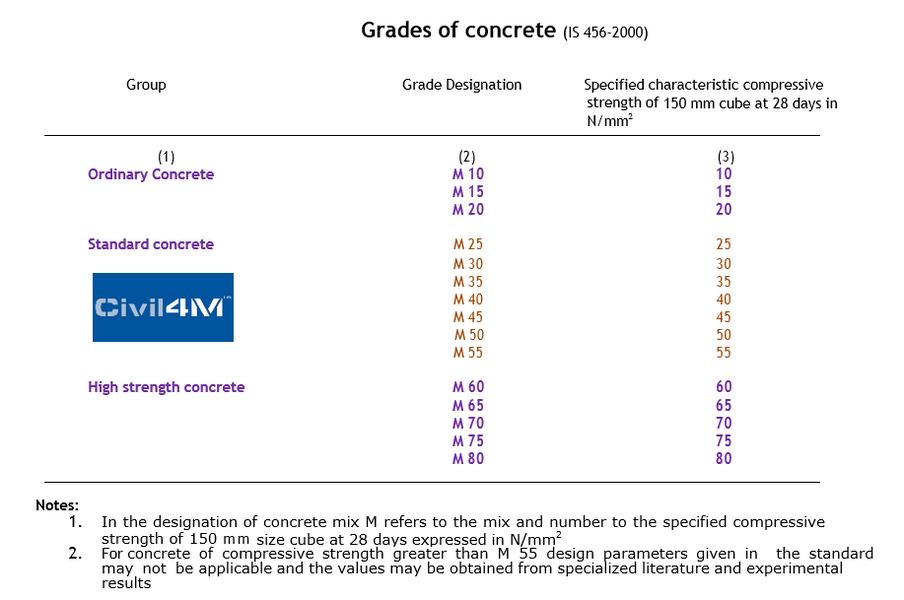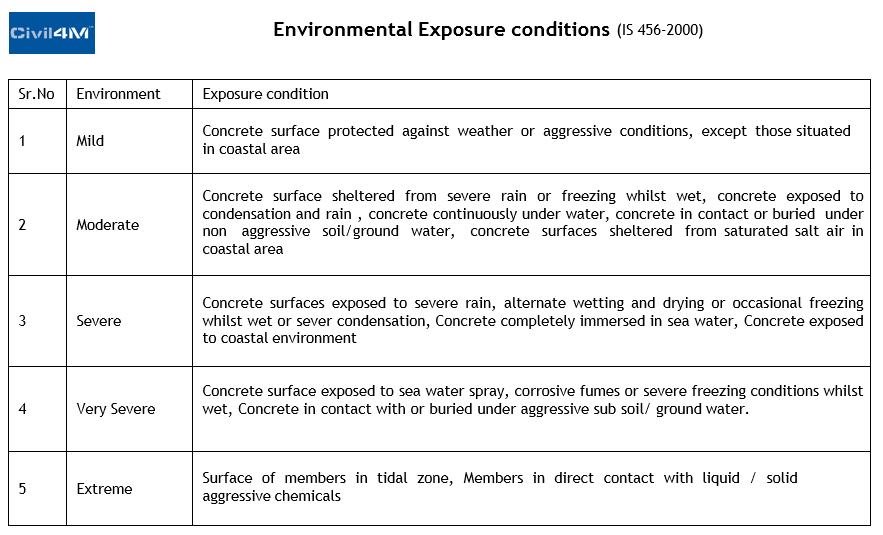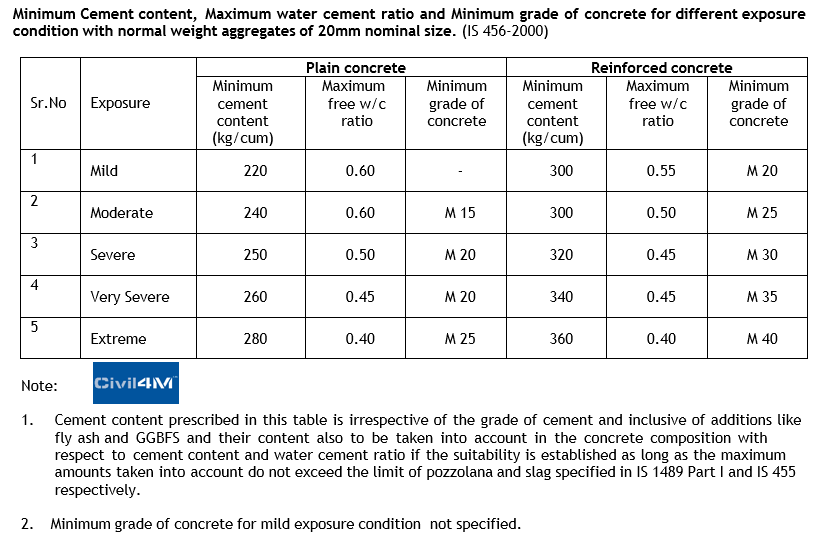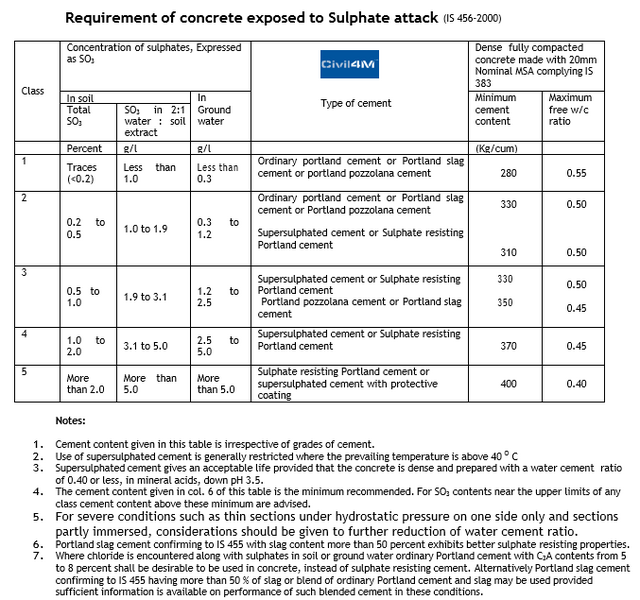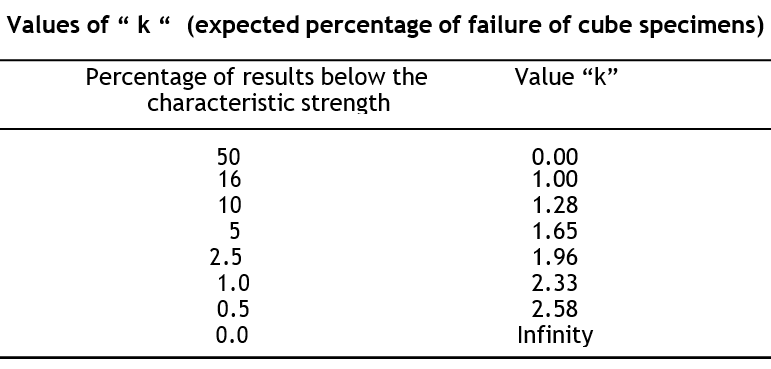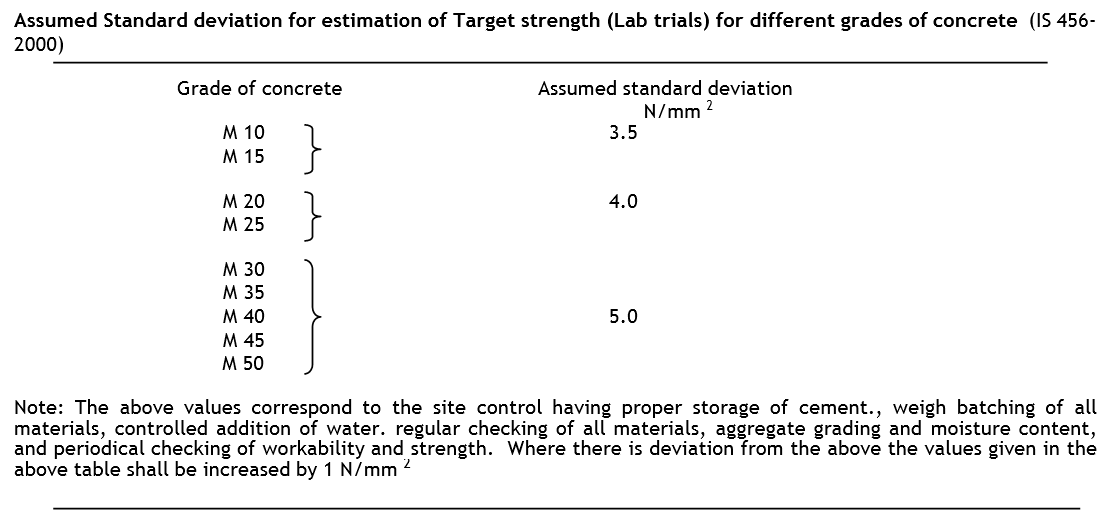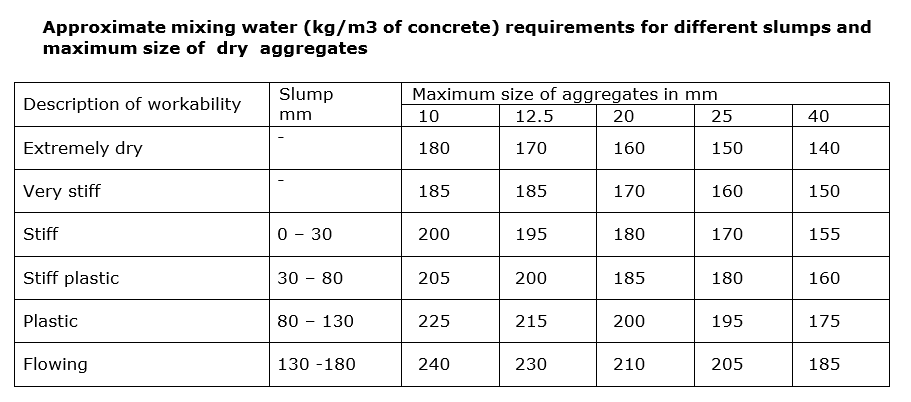Storage of Aggregates
-Aggregates are transported to site in lorry / haul truck
-Ensure the actual quantity is received (Better to take aggregates on weight basis if you have weight bridge at your site, else you can take actual measurements of material received in cum or cft)
-For fine aggregates do check for bulkage
-Aggregates should be stacked on a well drain platform in bins with wall
-It should be directly unloaded in bins, avoid double handling.
-Do not allow intermixing of aggregates.
Storage of Water
Do not store water for long time in open area.
Storage of Chemical Admixtures
-Chemical Admixtures generally received in barrel or bulker.
-Stack them separately under sunshade.
-Avoid dilution of it.
Storage of Mineral Admixtures
-Received in powder form.
-Received in bags or bulkers.
-To be handled with care.
-Stored in silo or same like cement storage.
-Aggregates are transported to site in lorry / haul truck
-Ensure the actual quantity is received (Better to take aggregates on weight basis if you have weight bridge at your site, else you can take actual measurements of material received in cum or cft)
-For fine aggregates do check for bulkage
-Aggregates should be stacked on a well drain platform in bins with wall
-It should be directly unloaded in bins, avoid double handling.
-Do not allow intermixing of aggregates.
Storage of Water
Do not store water for long time in open area.
Storage of Chemical Admixtures
-Chemical Admixtures generally received in barrel or bulker.
-Stack them separately under sunshade.
-Avoid dilution of it.
Storage of Mineral Admixtures
-Received in powder form.
-Received in bags or bulkers.
-To be handled with care.
-Stored in silo or same like cement storage.

